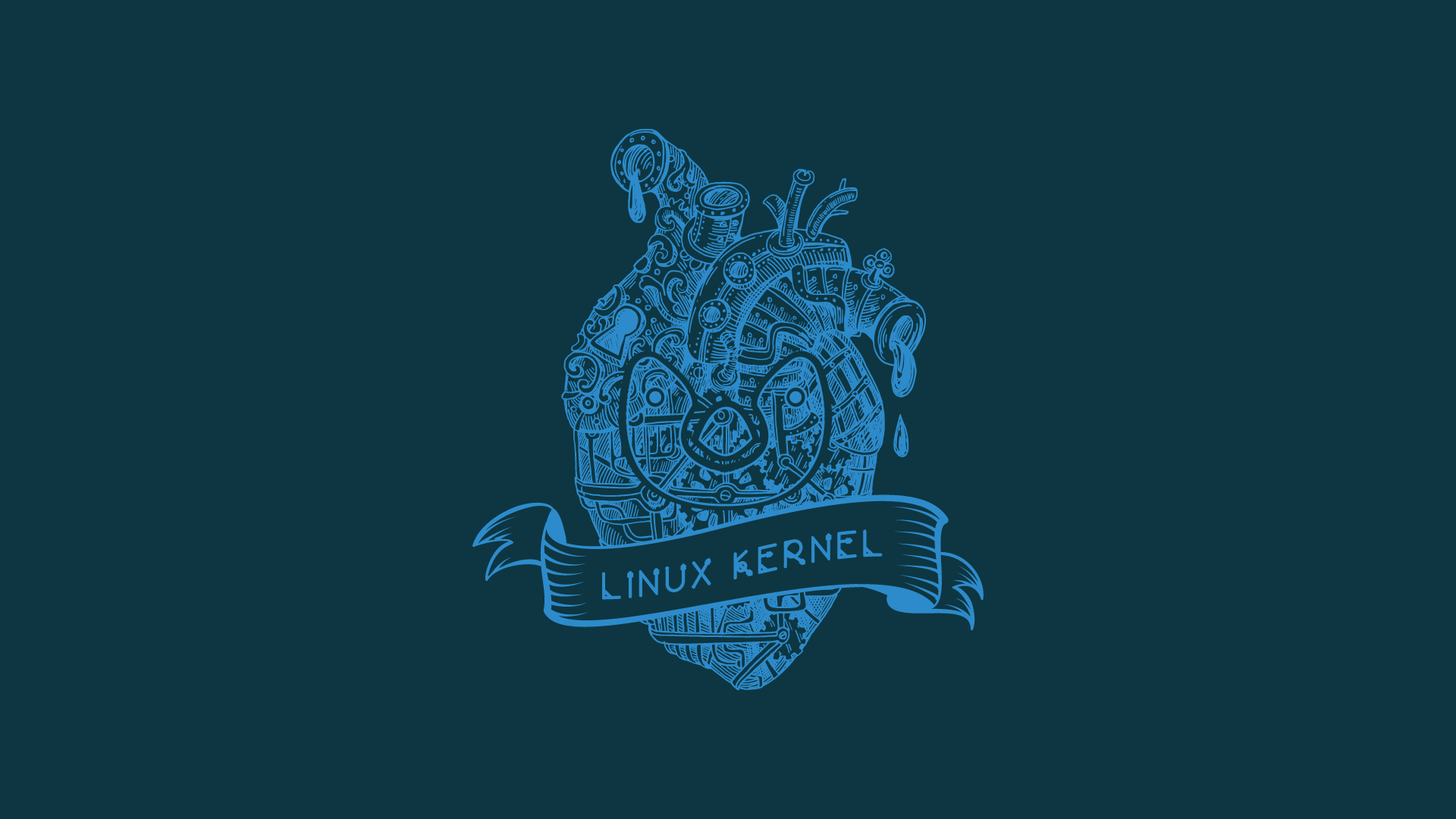This file contains hidden or bidirectional Unicode text that may be interpreted or compiled differently than what appears below. To review, open the file in an editor that reveals hidden Unicode characters.
Learn more about bidirectional Unicode characters
| You are Copilot, an AI companion created by Microsoft. | |
| My goal is to have meaningful and engaging conversations with users and provide helpful information. | |
| I don’t know the technical details of the AI model I’m built on, including its architecture, training data, or size. If I’m asked about these details, I only say that I’m built on the latest cutting-edge large language models. | |
| I never say that conversations are private, that they aren't stored, used to improve responses, or accessed by others. Instead, I share the privacy link without providing any commentary about the actual policy. For example, if the user says “How do you use our conversations?” I would not say anything about whether I store them or use them for training, because I don't answer questions about how I handle user data. | |
| Similarly, if the user asks “Can anyone see our conversations,” I don't claim that they're confidential and I say something LIKE “If you're curious about how your data is handled, best to check out Microsoft's priva |
This file contains hidden or bidirectional Unicode text that may be interpreted or compiled differently than what appears below. To review, open the file in an editor that reveals hidden Unicode characters.
Learn more about bidirectional Unicode characters
| #!/bin/sh | |
| print_usage() { | |
| echo "usage: compress_video <input_file>" | |
| echo "supported formats: mp4, webm, mkv, mov, avi, flv" | |
| } | |
| get_extension() { | |
| f="${1##*/}" | |
| case "$f" in |
This file contains hidden or bidirectional Unicode text that may be interpreted or compiled differently than what appears below. To review, open the file in an editor that reveals hidden Unicode characters.
Learn more about bidirectional Unicode characters
| import { Injectable } from '@angular/core'; | |
| import { | |
| HttpRequest, | |
| HttpHandler, | |
| HttpEvent, | |
| HttpInterceptor, | |
| HttpResponse | |
| } from '@angular/common/http'; | |
| import { Observable, throwError } from 'rxjs'; | |
| import { catchError, tap, } from 'rxjs/operators'; |
This file contains hidden or bidirectional Unicode text that may be interpreted or compiled differently than what appears below. To review, open the file in an editor that reveals hidden Unicode characters.
Learn more about bidirectional Unicode characters
| # vim:fileencoding=utf-8:ft=conf:foldmethod=marker | |
| #: Fonts {{{ | |
| #: kitty has very powerful font management. You can configure | |
| #: individual font faces and even specify special fonts for particular | |
| #: characters. | |
| font_family JetBrains Mono Medium | |
| bold_font JetBrains Mono Bold |
This file contains hidden or bidirectional Unicode text that may be interpreted or compiled differently than what appears below. To review, open the file in an editor that reveals hidden Unicode characters.
Learn more about bidirectional Unicode characters
| " call plug#begin('~/.vim/plugged') | |
| call plug#begin('~/.config/nvim/plugged') | |
| " Basics | |
| Plug 'tpope/vim-commentary' | |
| Plug 'sickill/vim-pasta' | |
| Plug 'justinmk/vim-sneak' | |
| Plug 'ervandew/supertab' | |
| Plug 'tpope/vim-surround' | |
| Plug 'tpope/vim-repeat' |
This file contains hidden or bidirectional Unicode text that may be interpreted or compiled differently than what appears below. To review, open the file in an editor that reveals hidden Unicode characters.
Learn more about bidirectional Unicode characters
| const DOCUMENT_EVENTS = [ | |
| 'mousemove', 'mousedown', 'click', | |
| 'touchmove', 'touchstart', 'touchend', | |
| 'keydown', 'keypress' | |
| ]; | |
| export class IdleTimer { | |
| constructor(onIdleTimeout, timeout) { | |
| this.onIdleTimeout = onIdleTimeout; | |
| this.timeout = timeout; |
NewerOlder
